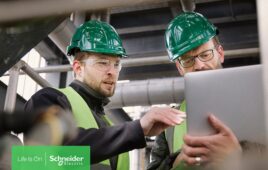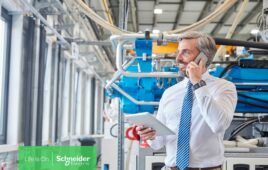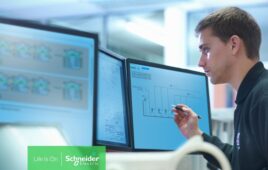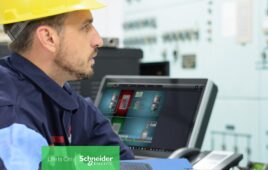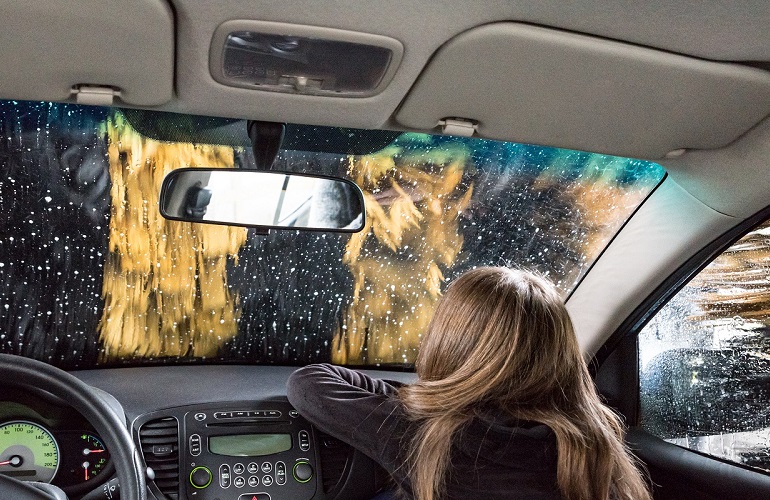
How an industry leader keeps one step ahead
Regi Flanagan doesn’t sleep a lot. As vice president at Sonny’s The Car Wash Factory, he’s responsible for technological aspects of product innovation in a rapidly changing industry: conveyorized car wash systems. What’s keeping him up at night? “My brain doesn’t stop working about what I’m able to build with my team,” he says. “What’s the next thing that we’ll be able to put out in the market?” The answer to that question, so far, has been: lots of innovation.
Sonny’s designs and manufactures nearly all the machines you’ll find in conveyorized tunnel systems — the most popular type of car wash in the U.S. The company, located near Miami, FL, is one of the largest manufacturers of conveyorized car wash equipment in the world.
Over the past decade, as automation, cloud services, and digitalization have disrupted the industry, Sonny’s has sought ways to keep one step ahead. That’s where Regi’s team comes in. They’ve developed new approaches to make car wash systems more digital. So far, the team has been able to digitalize their tunnel controller, the brain of the car wash tunnel. They’ve also shifted point-of-sale systems to the cloud. Yet, until now, one part of the tunnel system remained outside the realm of digital control: the motor control center (MCC).
Solving the MCC mystery
MCCs are the beating heart of car wash tunnel systems. They send power to support the numerous loads in the tunnel, whether it’s conveyors that pull vehicles through, or the various scrubber arms that clean the vehicles. A typical 120-foot tunnel may have more than 40 loads, and motor control centers send energy to all of them. “We had this one dark area [the MCC] that was always a mystery,” says Regi. “You didn’t know if something failed. You didn’t know your motor current. Car wash operators weren’t given data and diagnostic information or remote monitoring and control. There were a lot of things you really weren’t getting feedback on.” And that mystery was something Sonny’s wanted to solve for its customers. “Downtime is one of [our customers’] biggest concerns … it’s extremely important for everybody,” he says. “Some car washes can do 100, 150 cars in an hour … and if your average is $15 a car, you’ve just lost [a couple thousand dollars] in one hour.” Another big concern for customers is energy and resource use — the more efficiently the system uses power, water, oil, and soap, the more savings for the car wash operator. A digitalized MCC would provide visibility into real-time energy use at the individual load level and therefore help owners detect energy waste. To deliver an intelligent MCC capable of minimizing downtime and optimizing energy use, Regi and his team set out to bring digital connectivity to the MCC. They compared offers from numerous OEMs, but ultimately landed on the TeSys™ Island intelligent load management system and IoT-connected Modicon™ M262 programmable logic controllers (PLCs). What caught Regi’s eye about combining TeSys Island and the M262? “The M262 … is an extremely fast PLC. All the feedback we’re getting is so valuable,” he says. “It’s monitoring the voltage, the energy, everything from the site. So, you’re able to pull it up on your phone and see the line voltage, see the voltage of your motors,” says Regi. Remote connectivity was also a major plus. The full Sonny’s platform is cloud-based, and therefore, Regi’s team needed a system that smartphones could access and control. “We’re in Florida, so, you want to be able to manage your wash from your boat. With this, we’re giving the ability to do that,” says Regi.
Defeating downtime
Sonny’s new smart MCC is all about providing visibility into operational conditions. That’s key for many car wash operations, especially owners who need remote visibility into their wash from any location at any time, and where technical support is often hours or days away. In a traditional system, a motor would break down in a tunnel without warning, perhaps on a busy weekend. Car wash employees, many of whom weren’t trained in the mechanical systems, would have to troubleshoot, or work with service companies to dispatch a technician. Getting the system back online would take hours or days, and the ensuing downtime would cost tens of thousands in lost revenue. With the digitalized MCC, operators can access the cabinet information remotely to troubleshoot issues. And because the system has a human machine interface (HMI) screen, regular employees can also help bring systems back online. “They can actually go in there and look at the HMI and understand, okay, this red alert is bad, let’s see what it is,” says Regi. Of course, simplifying diagnostics on a digital screen is also about elevating safety for those employees. “Keeping non-electricians out of the cabinet, and having a visual way for them to diagnose problems is pretty awesome,” he says.
Staying in beta
Even before the new MCC launched in Spring 2020, the feedback was already encouraging. One long-time Sonny’s customer tested the MCC in beta, and he’s already spreading the word on social media. “The guy calls us all the time, loves it, puts up videos on Facebook of himself making changes to VFDs from his phone,” Regi says. “Within a small period of time, it proves itself as something you should have.” As Regi looks back at the latest innovation his team has produced, he’s reminded of the value of teamwork. “Through the collaboration over the last couple years, we were able to build a top-of-the-line smart motor control center that this industry has never seen before,” he says. “And with our partnership with Schneider, I don’t think we would’ve been able to get there at all, or it would’ve taken us another couple years — and speed to market is very key.” But Regi is spending more time looking ahead than looking back. There’s still potential to add capabilities through the TeSys Island and Modicon M262 platform — he doesn’t see the MCC as a fully finished solution. “We still want to build onto it, [focusing on] predictive maintenance and seeing anomalies,” he says. The idea is to help Sonny’s customers get even faster at anticipating downtime threats and inefficient operations. That way, they’ll continue to set the pace across the industry. Ultimately, digital transformation never ends when it’s done right. New technology, such as the IoT-connected TeSys Island, only opens more doors for innovation. For Regi, there’s are more late nights ahead. There’s more innovating to do.
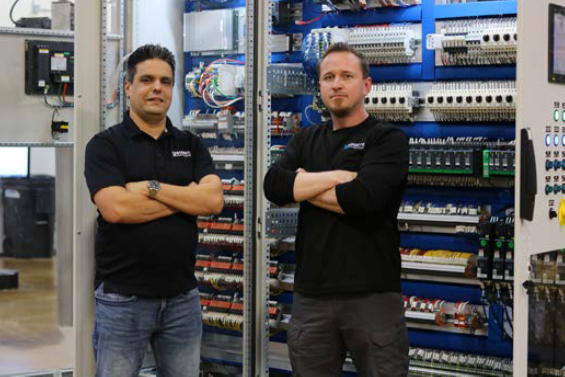
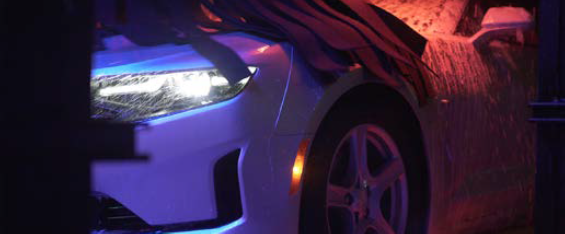
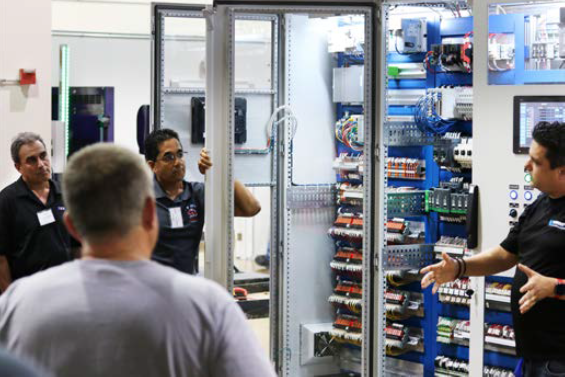
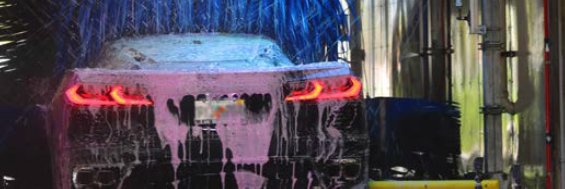
Sponsored content by Schneider Electric
Filed Under: DIGITAL TRANSFORMATION (DX), Schneider Electric Sponsored Content

